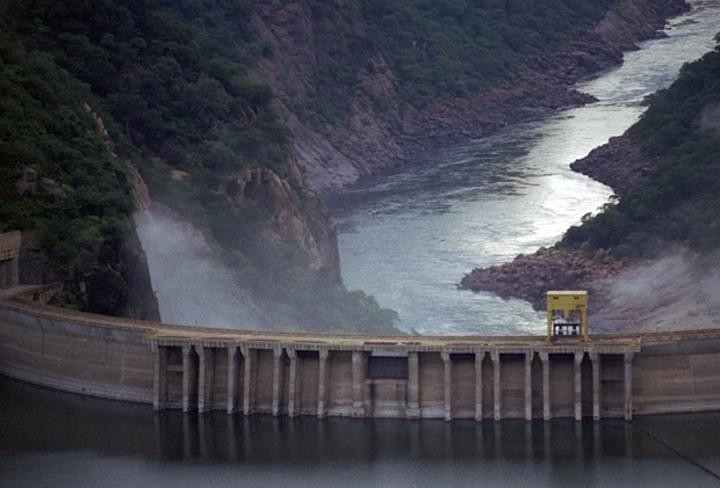Africa-Press – Mozambique. Electricity production in Mozambique is expected to fall by 1.3% in 2025 due to maintenance work at the Cahora Bassa Hydroelectric Plant (HCB), the country’s largest producer and one of the largest dams in Africa, the government forecasts.
According to official estimates for 2025, “a decrease in electricity production of around 1.3% is expected, influenced by the need for generator maintenance and the reduction of the hydrological cycle” at the HCB plant, “which represents around 78.7% of the production and export structure”.
This year, Mozambique is expected to produce 19,197.8 Gigawatt-hours (GWh) of electricity, with 15,504.4 GWh guaranteed by HCB in the province of Tete, in the centre of the country, a reduction of 4.1% compared to 2024 and the lowest value in four years.
Overall, electricity production from hydroelectric sources, including the Cahora Bassa dam, is expected to fall by 4.1% this year, while electricity production from thermal power plants is expected to increase by 17.6%, almost half at the CTRG natural gas plant, which is expected to produce 1,196.3 GWh in 2025, up 7.4% compared to 2024.
Electricity production from solar parks in Mozambique is expected to fall by 5.8%, to 95.5 GWh this year, according to the document consulted by Lusa this Wednesday,
HCB is a private limited company, 85% owned by the state-owned Companhia Elétrica do Zambeze and 7.5% by the Portuguese Redes Energéticas Nacionais (REN), with the company owning 3.5% of its own shares and the remaining 4% held by Mozambican citizens, companies and institutions.
The Cahora Bassa reservoir is the fourth largest in Africa, with a maximum length of 270 kilometres and 30 kilometres between banks, covering 2,700 square kilometres and an average depth of 26 metres, employing almost 800 workers, and is one of the largest producers of electricity in the southern African region.
The dam is located in a narrow gorge of the Zambezi River, and its construction took place from 1969 to 1 June 1974, during the Portuguese colonial period, followed by the filling of the reservoir. Commercial operations began in 1977, with the transmission of the first 960 MegaWatts (MW), produced by three generators, compared to the current installed capacity of 2,075 MW.
In view of the growing demand for electricity in the region, HCB is already planning to reactivate a projected new plant to the north of the existing installation.
For More News And Analysis About Mozambique Follow Africa-Press






